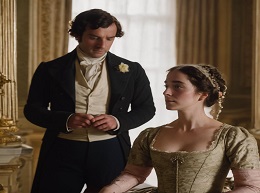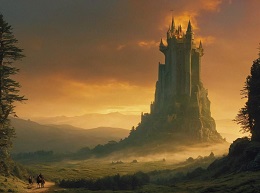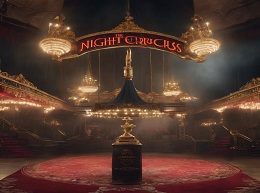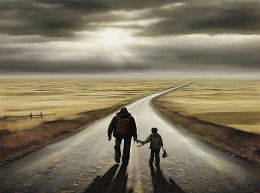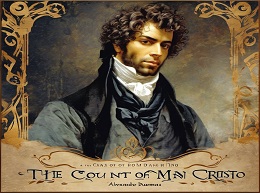The Great Gatsby

"The Great Gatsby" is a novel written by F. Scott Fitzgerald, published in 1925. Set in the summer of 1922, the novel is a portrayal of the Roaring Twenties in the United States, exploring themes of wealth, love, and the American Dream. Here's a summary:
Setting:
The story is set in the summer of 1922 on Long Island and in New York City. It's narrated by Nick Carraway, a young man from the Midwest who moves to New York to work in the bond business.
Characters:
-
Nick Carraway: The novel's narrator and a recent Yale graduate. He moves to Long Island to work in the bond business and becomes involved in the lives of his wealthy neighbors.
-
Jay Gatsby: A mysterious and wealthy man known for hosting extravagant parties at his mansion. Gatsby is deeply in love with Daisy Buchanan and harbors a dream of rekindling their past romance.
-
Daisy Buchanan: Nick's cousin and the love interest of both Gatsby and Tom Buchanan. Daisy is married to Tom, a wealthy and arrogant man.
-
Tom Buchanan: Daisy's wealthy and domineering husband. He is physically powerful but lacks Gatsby's romantic idealism.
-
Jordan Baker: A professional golfer and a friend of Daisy's. Jordan becomes romantically involved with Nick.
-
George Wilson: The owner of a garage and the husband of Myrtle Wilson. He becomes entangled in the tragic events of the story.
-
Myrtle Wilson: Tom Buchanan's mistress. She is unhappily married to George and desires a more luxurious lifestyle.
Plot Summary:
-
Introduction of Nick Carraway:
- Nick moves to Long Island and rents a small house next to Jay Gatsby's mansion. He becomes acquainted with his wealthy and enigmatic neighbor.
-
Rekindling of Romance:
- Gatsby is revealed to be in love with Daisy Buchanan, Nick's cousin. Gatsby and Daisy had a romantic history, and Gatsby throws extravagant parties in the hope that she will attend.
-
Love Triangle:
- A love triangle develops between Gatsby, Daisy, and Tom. Daisy is torn between her past with Gatsby and her present life with Tom.
-
Tragedy Strikes:
- The tension between Gatsby and Tom escalates, leading to a tragic car accident that results in Myrtle Wilson's death.
-
Betrayals and Reckoning:
- Gatsby's dream of rekindling his romance with Daisy is shattered when she chooses to stay with Tom. Gatsby is later killed by George Wilson, who believes Gatsby is responsible for Myrtle's death.
-
Nick's Reflection:
- The novel concludes with Nick's reflections on the American Dream, the moral decay of society, and the disillusionment of Gatsby's dream.
Themes:
-
The American Dream: The novel explores the idea of the American Dream and its corruption, suggesting that the pursuit of wealth and social status can lead to moral decay.
-
The Illusion of Love: Gatsby's love for Daisy is an illusion, as she is unable to break away from her comfortable but unfulfilling life with Tom.
-
Class and Social Stratification: The novel depicts the stark differences between the old money of the Buchanans and the new wealth of Gatsby.
-
Moral Decay: Fitzgerald critiques the moral decay of society, highlighting the emptiness and superficiality of the lives of the wealthy.
Significance:
-
Literary Legacy: "The Great Gatsby" is considered one of the greatest works of American literature and is widely studied in schools and universities.
-
Cultural Impact: The novel has been adapted into several films, plays, and operas, and its characters and themes continue to resonate in popular culture.
-
Critical Acclaim: Although not widely appreciated during Fitzgerald's lifetime, the novel has gained immense critical acclaim for its exploration of the American Dream and the Jazz Age.
"The Great Gatsby" remains a classic exploration of the American Dream, the complexities of love, and the moral fabric of society during the Roaring Twenties. Fitzgerald's prose and storytelling continue to captivate readers, making the novel a timeless work of literature.

